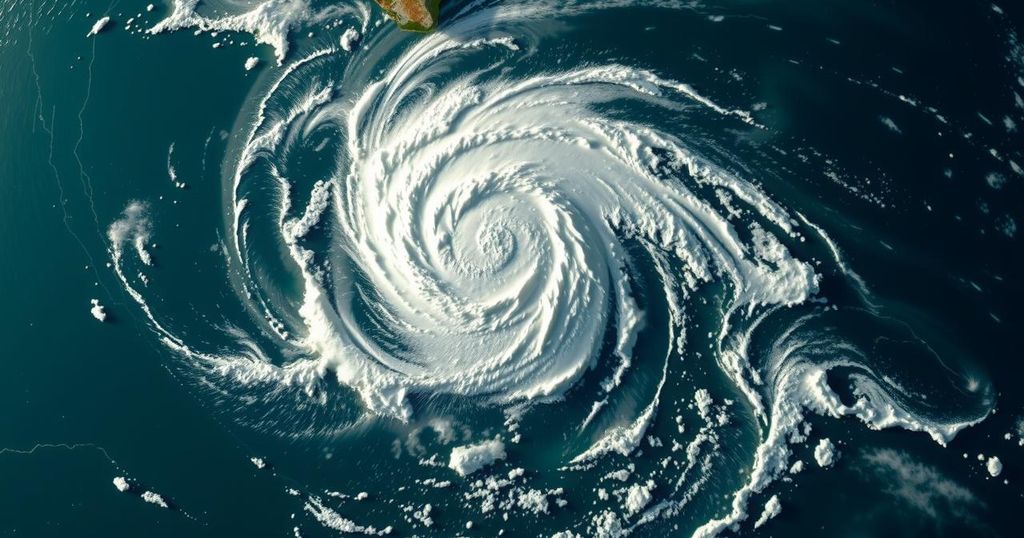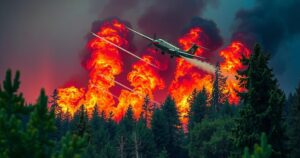Hurricane Rafael’s Devastation in Cuba and Its Aftermath

Hurricane Rafael struck Cuba as a Category 3 storm, leading to a loss of power for many and causing extensive damage to homes and infrastructure. It has since weakened to a Category 2 storm while moving over the Gulf of Mexico. The storm’s path has previously affected Jamaica and the Cayman Islands, with ongoing recovery efforts in Cuba amidst an energy crisis.
Hurricane Rafael, which made landfall as a powerful Category 3 storm, impacted Cuba on Wednesday, causing significant destruction and power outages across the island. The hurricane subsequently weakened to a Category 2 storm as it moved over the Gulf of Mexico. With maximum winds reaching 110 mph, it prompted the evacuation of approximately 283,000 individuals and caused 461 homes to collapse. Although authorities succeeded in restoring power to around 143,000 residents in Havana, extensive recovery efforts continued amidst flooded streets strewn with debris, fallen trees, and downed power lines. The Cuban government is grappling with a severe energy crisis, having recently faced widespread blackouts prior to the hurricane’s catastrophic arrival. On Friday, meteorologists forecasted that Hurricane Rafael would drift westward, likely dissipating in the central Gulf over the following days. While there were no active hurricane warnings, experts cautioned that the storm’s residual effects could create dangerous surf and rip currents for coastal regions. Earlier this week, Rafael had already wreaked havoc in Jamaica and the Cayman Islands, where it disrupted power and triggered mudslides. As communities in Cuba recover from the extensive damage inflicted by Hurricane Rafael, many residents are continuing to sift through the wreckage left behind. The challenges ahead include restoring comprehensive services and ensuring safety for those displaced by the storm’s devastating winds and subsequent aftermath.
Hurricane Rafael represents a series of meteorological events that have affected the Caribbean region, particularly Cuba, in a short timeframe. The hurricane hit in the context of an already critical energy crisis on the island, ensuing power outages and widespread infrastructure damage compounded the disaster’s impact. Leading up to Rafael’s landfall, Jamaica and the Cayman Islands had also experienced severe weather conditions, exacerbating recovery efforts across affected areas. The storm’s trajectory, coupled with growing concerns about climate-related intensification of hurricanes, raises pressing questions about disaster preparedness and response.
Hurricane Rafael has inflicted severe damage upon Cuba and surrounding Caribbean islands through its powerful winds and flooding. The urgent need for recovery underscores the broader implications of recurring natural disasters on national infrastructure and emergency management. The careful monitoring by meteorologists will be crucial in anticipating the storm’s future developments and ensuring the safety of coastal communities. Continued efforts towards rebuilding and power restoration are essential for the affected populations striving to recover in the aftermath of the hurricane.
Original Source: apnews.com






